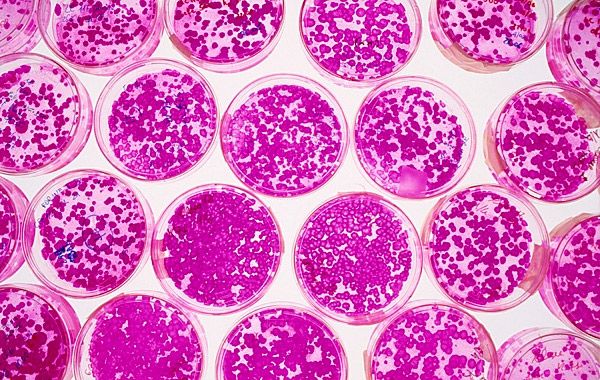
All iLive content is medically reviewed or fact checked to ensure as much factual accuracy as possible.
We have strict sourcing guidelines and only link to reputable media sites, academic research institutions and, whenever possible, medically peer reviewed studies. Note that the numbers in parentheses ([1], [2], etc.) are clickable links to these studies.
If you feel that any of our content is inaccurate, out-of-date, or otherwise questionable, please select it and press Ctrl + Enter.
Stem cell kidney will fill the shortage of donor organs
Last reviewed: 02.07.2025
Kidney diseases requiring organ transplantation are widespread worldwide. Today, in the UK alone, there are over 6,000 people waiting for a kidney transplant, but there are not enough donor organs for all patients in need of transplantation and less than 3,000 such operations are performed each year, which causes the death of many people. In addition, the high cost and significant shortage of donor organs has led to the emergence of a criminal market in donor organs.
In Tokyo, specialists have developed a new unique method that will save thousands of lives. Specialists hope that soon the method of transplanting artificially grown organs will be adaptable for humans.
Two years ago, scientists had already conducted experiments on transplanting an artificially grown kidney into a rat, despite the fact that the organ had taken root well, the kidney did not function properly. The organ could not cope with the function of urine drainage, which increased internal pressure to peak values, as a result of which the rat died.
But Japanese biologists continued their work in this direction and now the artificially grown kidneys they transplanted not only took root well in the bodies of experimental animals, but also ensured a normal urination process.
During the work, they decided to slightly change the approach to the transplant process. Previously, the excretory tubules of the kidneys were connected to the urine drainage system in the body, but Professor Takashi Yokoo and his colleagues used not only an artificial kidney for transplantation, but also an artificial urinary bladder connected to the organ by a ureter tube, and the entire complex was transplanted into the animal's body. As a result of this approach, the process of urine excretion occurs according to the following principle: urine first entered the transplanted bladder, then into the body's own, and only then was it excreted from the body.
The animals felt well 2 months after the transplantation and had no urinary drainage problems. After successful experiments with rats, the specialists decided to conduct an experiment involving larger animals – pigs.
As a result, the transplanted kidney and bladder took root well in the animals’ bodies and provided normal urination function.

Now specialists find it difficult to answer whether it is possible to use such a method on people. But the results of the work allow us to learn more precisely about the principles of isolation in artificially grown organs, and, undoubtedly, the work of Japanese biologists will give great experience to all specialists in the field of transplantology.
Today, in various centers around the world, scientists are conducting trial experiments with human organs grown from stem cells. But so far, scientists can only grow small copies of real organs; for example, contractile muscles, a brain just a few millimeters in size, microscopic sections of stomach tissue, and a heart measuring 0.5 mm that can beat have already appeared in the laboratory.
